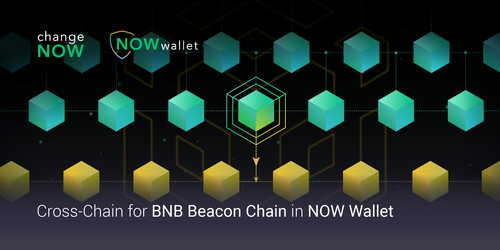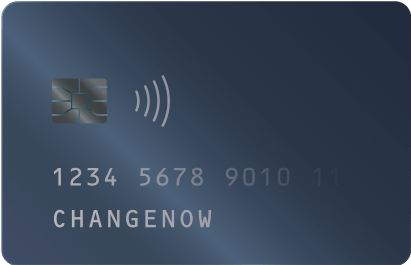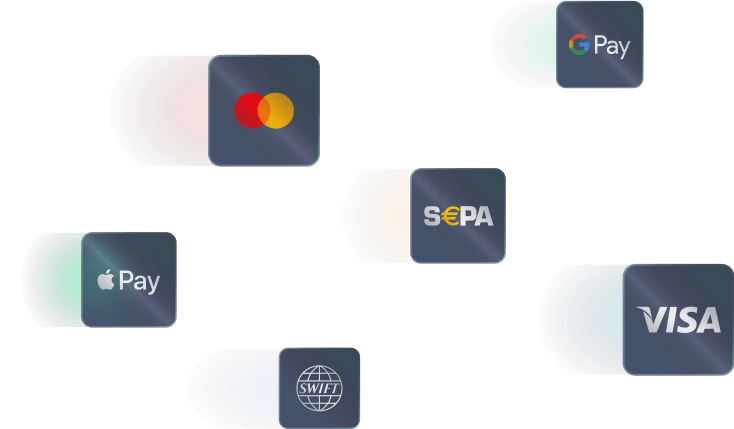
Looking to buy Litecoin (LTC) instantly using your credit or debit card? You are at the right place.








And more accepted here
Market stats
Litecoin currently trades at roughly 75.78 and has -0.76% over the past seven days. There are currently about 6365983096 Litecoin tokens in circulation.
Being one of the first cryptocurrencies, LTC offers a secure and faster way of digital transactions.
Litecoin has shorter block times compared to Bitcoin, which allows for quicker confirmations of the transactions for everyday transactions.
This cryptocurrency is very inexpensive regarding the cost of transaction fees; it therefore easily allows for small and large transactions when used.
Litecoin is highly adopted by a lot of merchants and payment processors around the world, which increases its utility as a digital currency.
Litecoin, since its release in 2011, has remained stable and secure; it is an established virtual currency.
Сhoose Buy/Sell Crypto
Choose the fiat currency and enter the amount.
Enter Your Details
Select Litecoin and enter your credit or debit card details.
Complete the Purchase
Preview your transaction details and confirm the purchase.

Flexible KYC system
Our platform requires minimal personal information, allowing you to engage in cryptocurrency exchanges with ease, efficiency, and an emphasis on privacy. Some of the transactions don’t require any KYC at all.

Top Security
ChangeNOW ensures a high level of security for all exchanges and data by using advanced encryption and multiple layers of security measures.

Fast Purchase
Benefit from rapid transaction processing on our advanced platform, enabling swift settlements and the acquisition of LTC tokens in as little as 4 minutes. Prioritizing efficiency, user satisfaction, and unparalleled speed in digital asset exchanges.

Multiple Gateways
Experience seamless purchasing, choosing a variety of secure payment gateways, accepting popular debit and credit cards, and the added convenience of SWIFT/SEPA bank transfers.

Low Transaction Fees
Experience the advantage of our user-friendly platform, offering an affordable transaction fee, diverse trading options, and a secure environment, all designed to optimize your digital asset investments.

Easy to Use
Discover seamless trading with ChangeNOW's intuitive interface, expertly designed for effortless navigation and user-friendly experience, empowering both new and seasoned investors to manage their crypto with ease. Buy Litecoin in just a few clicks.
Before swapping coins, feel free to use our USD to LTC calculator to see how many LTC you’ll receive. Simply enter the required amount in USD, and let our USD to LTC converter determine the approximate exchange rate.
There are many things you can do after buying LTC. They include:
Lending
Swap
Hold
Payment
ChangeNOW allows you to buy LTC instantly using your credit/debit card or another token.
Buy LTCLTC is not the only token you can purchase on ChangeNOW. Others include BTC, USDT, XRP, ADA, USDC, etc.
| USD to | Pair | Price list | Available for exchange | |
|---|---|---|---|---|
| 41 | USD /USDC | ~ 1 USD | ||
| 42 | USD /USDC | ~ 1 USD | ||
| 43 | USD /USDC | ~ 1 USD | ||
| 44 | USD /SOL | ~ 136.83 USD | ||
| 45 | USD /SOL | ~ 136.83 USD | ||
| 46 | USD /SOL | ~ 136.83 USD | ||
| 47 | USD /TRX | ~ 0.28 USD | ||
| 48 | USD /TRX | ~ 0.28 USD | ||
| 49 | USD /DOGE | ~ 0.0036 USD | ||
| 50 | USD /DOGE | ~ 0.0036 USD | ||
| 51 | USD /DOGE | ~ 0.0036 USD | ||
| 52 | USD /ADA | ~ 0.42 USD | ||
| 53 | USD /ADA | ~ 0.42 USD | ||
| 54 | USD /BCH | ~ 575.47 USD | ||
| 55 | USD /BCH | ~ 575.47 USD | ||
| 56 | USD /LINK | ~ 14.1 USD | ||
| 57 | USD /LINK | ~ 14.1 USD | ||
| 58 | USD /LINK | ~ 14.1 USD | ||
| 59 | USD /LINK | ~ 14.1 USD | ||
| 60 | USD /XMR | ~ 408.11 USD | ||